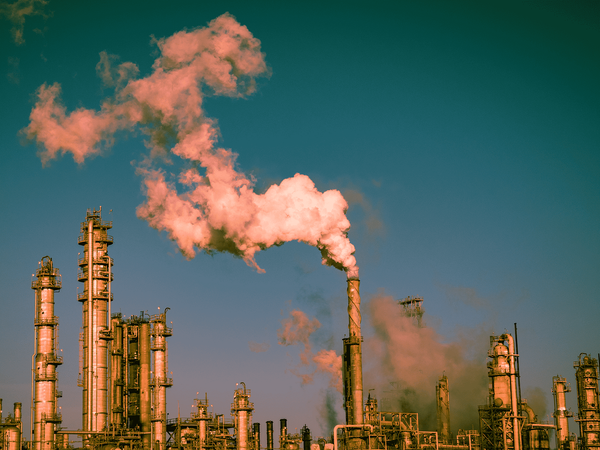La Palma's volcanic eruption causes worldwide panic

The Cumbre Vieja volcano on Spain's La Palma Island, which exploded on September 19, 2021, for the first time since 1971, gained worldwide attention. It lasted for 85 days and caused the fire to scorch more than 2,000 acres of land, resulting in an evacuation of around 7,000 people.
Scientists from the Copernicus Atmosphere Monitoring Service (CAMS) closely monitored the situation and tracked the thousands of km movement of massive plumes of sulfur dioxide over North Africa, Europe, and the Atlantic to the Caribbean. It is believed that the La Palma volcano ejected 250,000 tonnes of sulfur dioxides into the atmosphere. The air pollution was so severe that the island's airport was forced to close temporarily.
Volcanic eruption
Currently, there are approximately 1350 active volcanoes worldwide and over 500 million people are living in the vicinity of the volcano's threat zone. Many volcanoes may be found on the plate boundaries that ring the Pacific Ocean, the reason the area is alternatively referred to as the Ring of Fire.
Deep beneath the earth, there contains as intense heat that some rocks slowly melt and turn into molten, a viscous, flowing substance, called magma. The liquid magma containing dissolved gases rises through cracks in the earth’s crust.
When magma rises to the surface, volcanoes erupt. This magma that comes out to the earth’s surface once exploded is called lava. An explosive eruption can occur when there is extremely high pressure, which can be both destructive and dangerous.
‘For’ or ‘Against’ the climate change?
Volcanoes, despite their image as a destructive power, were crucial to the evolution of life on this planet. It is believed that the majority of water on the earth would still be trapped in the mantle if volcanoes didn't exist.
Apart from water and oxygen, which are crucial to living organisms, volcanoes create land for many living forms. However, whether volcanic eruptions can be good or bad for the climate change has been a subject of debate for a long time.
Some scientists believe that volcanoes contributed largely to the start of global warming. Volcanic eruptions can release thousands of kilograms of chemically active gases and solid aerosol particles into the stratosphere, disrupting the stratospheric chemical equilibrium and affecting the earth's radiation balance and climate.
The eruptions from volcanic chains around the world pump the heat-trapping carbon dioxide into the atmosphere and allow it to be re-absorbed by rocks and living things.
The recently published report stated that the more sustained series of eruptions from volcanoes in strategic locations along the edge of continents causes the warming of the planet. Steam, carbon dioxide, sulfur dioxide, hydrogen chloride, and hydrogen fluoride are released and can lead to a collection on the soil, which can be lethal to humans and the vegetation near the eruption area.
Two ways are currently proposed on how volcanic eruptions can influence climate;
- By releasing carbon dioxide. However, according to the Intergovernmental Panel on Climate Change (IPCC), the warming effect from the release of carbon dioxide is believed to be very small. On average, volcanoes emit between 130 and 230 million tonnes of carbon dioxide per year, which is about 100 times smaller than those from fossil fuel burning.
- By blasting a cloud of ash, dust, and sulfur dioxide into the stratosphere, which is quickly blown away around the globe. The released sulfur dioxide combines with oxygen and water to form “aerosols”, the particles that directly reflect sunlight, initiating the haze effect. As a result, solar energy is absorbed, causing the earth to cool. This cooling effect tends to last for about two years after a major eruption.
Large amounts of volcanic gases, released into the stratosphere or troposphere, can cause so-called "dust veil" events, which have the potential to alter the earth's climate for short periods. The year following Mt Tambora's eruption in 1815, is known as the "Year without a summer," as the world temperatures fell by 0.4-0.7 °C.
Another eruption, the Mount Pinatubo in 1991, was one of the century’s most powerful eruptions that blasted approximately 20 million tonnes of sulfur dioxide and ash particles more than 20 km high into the atmosphere. The dust and aerosol particles spread around the world for three weeks and cooled part of it up to 0.4 °C.
Although the eruptions don’t have a lasting effect on the global climate, scientists suggest that summers in Central Europe following a major eruption are cooler and drier than usual. With this principle, if the cooling effect lasts two years, we should expect a cooler summer in Europe this year due to the recent Cumbre Vieja volcano. Let’s wait and see.



